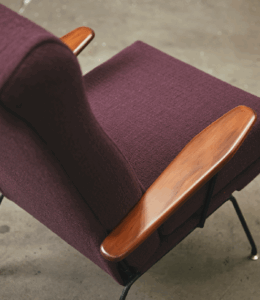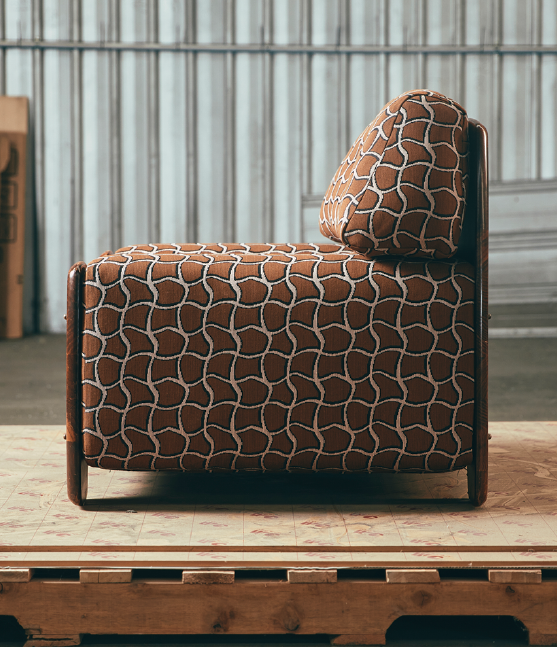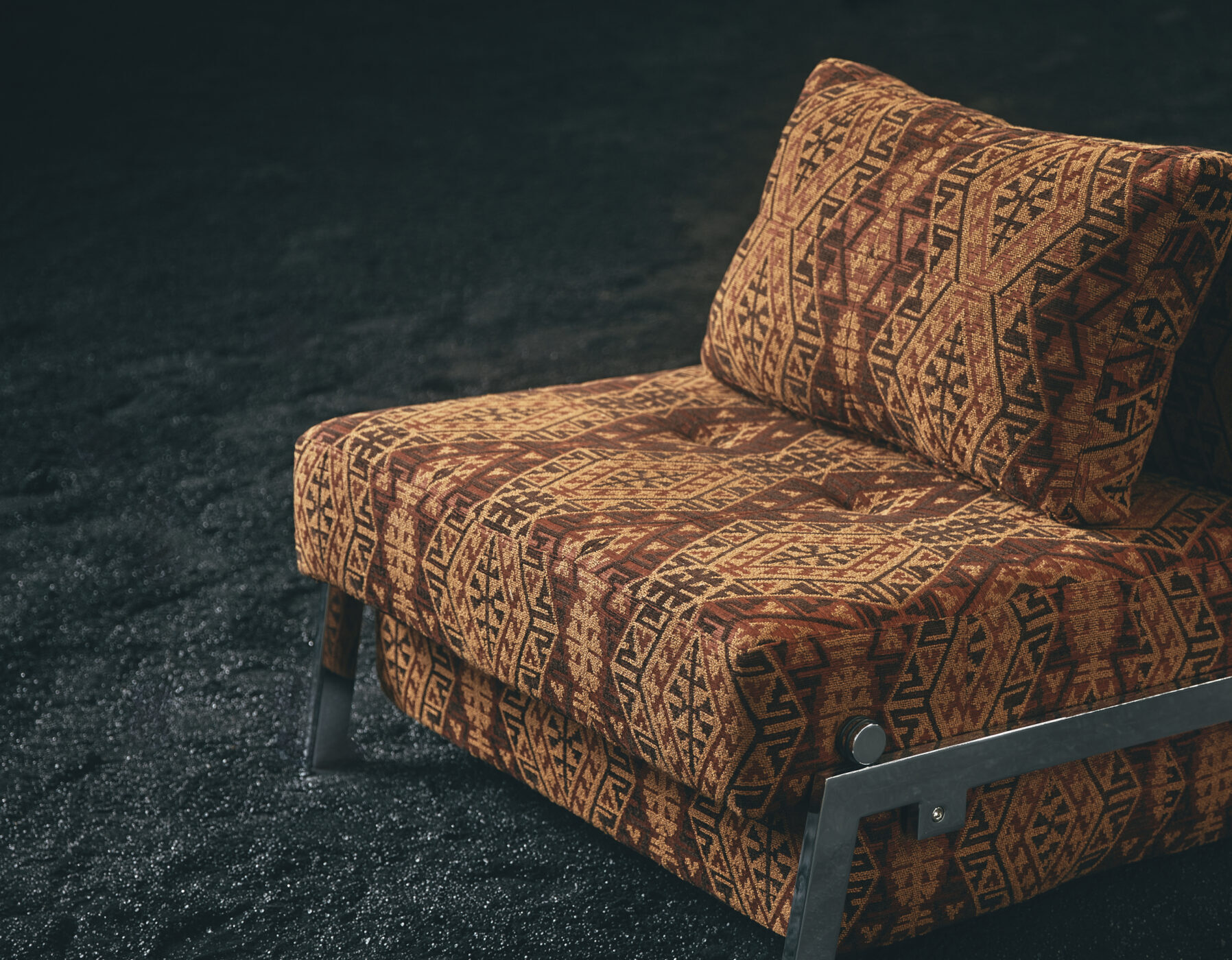At Studio Tali Roth, vintage isn’t just a stylistic flourish. It is the cornerstone of how we design.
Our projects are often defined by the unexpected: a sculptural mid-century chair, an Art Deco console with a story to tell, or a quirky one-off from a New York flea market. These pieces don’t just appear – they’re the result of meticulous, intentional searching. We enjoy spending countless hours trawling auctions, design fairs, and warehouse sales – from Leonard Joel in Melbourne to obscure dealers in Brooklyn to online marketplaces that require scrolling and a discerning eye. The process of sourcing, restoring, and reimagining vintage furniture is slow and hands-on. And that’s exactly what makes it so special.
Not every vintage piece deserves a second life. When I’m on the hunt, I look first for structure – solid frames, elegant proportions, and craftsmanship that can endure another fifty years. Good lines are essential; the kind of silhouette that feels timeless but not predictable. Sometimes it’s a bold gesture such as a lattice back rest, a sweeping arm, an exaggerated leg, that captures me. Other times it’s a quiet detail, the sort of curve or joinery you almost miss, that makes a piece feel enduring. If the bones are right, it’s worth the investment of reupholstery and reinvention.

Photograph by Rubin Utama
When I’m sourcing for clients, I work to a brief of scale, budget and style. The piece needs to fit seamlessly into a specific interior. It is a focused, disciplined search, guided by their project’s needs.
But when I’m sourcing for the studio, I have freedom. I can follow instinct, pick up a chair simply because I believe in its potential, and “glow it up” into something extraordinary. These are pieces chosen with less constraint and more imagination: classic shapes that aren’t too common, versatile enough to slip into many different spaces, yet distinctive enough to hold their own.
Reupholstery is where the transformation truly happens. I study the original fabric – its colour, texture, and style – and then decide whether to honour its history or push it somewhere entirely new. Sometimes I’ll choose a plain, stain-resistant fabric, knowing it will appeal to families and live comfortably in a high-use space. Other times, I’ll reach for something more obscure such as a richly textured wool, a directional jacquard, or a velvet so deep it feels sculptural. These fabrics aren’t just coverings; they’re the language that defines the chair’s new life.
This process is always a balance between pragmatism and whimsy. Some pieces are reimagined with durability in mind, designed to be lived with. Others are deliberately provocative – bold, tactile, statement-making objects that transform a room. I like the idea that each chair has its own destiny: some will ground a space, others will punctuate it, but all will bring something human and layered that new furniture rarely can.

I often think back to my grandparents’ 1960s home and a particular object that always captivated me: a cigarette dispenser in the shape of a soccer ball. You’d twist it, and it would flare out the cigarettes like petals. It was absurd and beautiful and strangely mesmerizing. That’s what I think great design can do – stir something in you, create a moment of wonder or joy, and leave a sensory imprint. These memory-anchored experiences stay with us – shaping how we feel in a space long after we’ve left it.
Ultimately, vintage isn’t about trend or even sustainability (though both matter). It’s about the soul. A reworked vintage piece carries history, narrative, and a kind of authenticity that can’t be mass-produced. It invites curiosity. It sparks conversation. It reminds us that design is not just about filling a room, but about shaping how we feel within it.
That’s the philosophy we bring into every project – to not just decorate, but to tell stories. To collect objects that carry both history and heart. To create spaces that feel expressive and lived-in, layered and deeply human.
With thanks to Tali Roth for her time.
By Tali Roth, Guest Contributor
Top Image: Tali Daybed chair (detail) Photograph by Rubin Utama
October 2025
